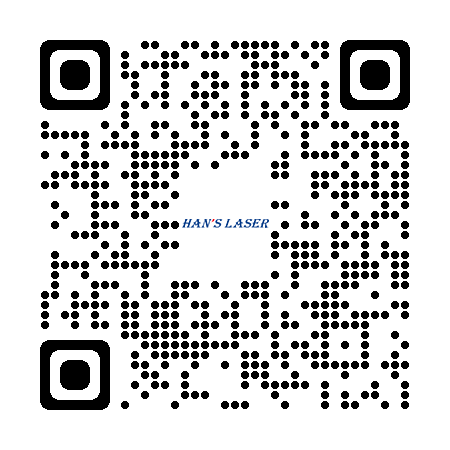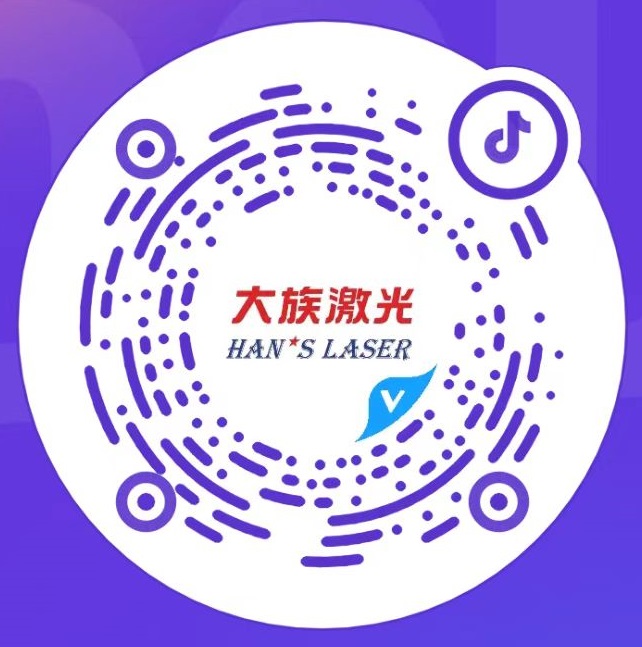Practical application of glass laser welding
The combination of ultra short pulse laser and exquisite self-focusing technology provides the required quality and process reliability, making it possible to apply glass laser welding in mass production. The unique and excellent properties of glass make it widely used in various high-tech products in different fields such as biomedical and microelectronics.
Integrate into one
All traditional methods used for welding glass are difficult to provide the required precision, bonding quality, and production speed for economically efficient mass production. For example, adhesive bonding is an economical method, but it may leave adhesive residue on the parts and even require degassing.
Medium welding is the process of placing powder materials at contact points and then melting them to complete bonding. Whether this melting is achieved through an oven or laser, a large amount of heat will be pumped into the parts. This is a problem for microelectronic devices and many medical devices.
Ionic bonding is a clever method that can provide extremely high bonding strength. Two brand new and extremely flat glass surfaces are pressed together and truly fused together through molecular bonds. However, it is not practical to perform this operation in a production environment.
Laser glass welding
So, what about laser welding? Glass has many very useful features, such as extremely high melting point, transparency, brittleness, and mechanical rigidity, but it also brings many difficulties to laser welding. Therefore, typical industrial lasers and methods used for welding metals and other materials are not suitable for glass.
Just like precision glass cutting, the secret lies in using an infrared wavelength ultra short pulse (USP) laser. Glass is transparent in infrared, so the focused laser beam can pass through it directly until the focused beam narrows and becomes concentrated, triggering "nonlinear absorption". This "nonlinear absorption" only occurs in ultra short pulse lasers with high peak power, and cannot be achieved using other types of lasers.
So, in a very small area around the laser beam focus (usually with a diameter of less than a few tens of micrometers), glass absorbs the laser and rapidly melts. The focused beam scans along the required welding path to complete bonding, just like other forms of laser welding.
Integrate into one
All traditional methods used for welding glass are difficult to provide the required precision, bonding quality, and production speed for economically efficient mass production. For example, adhesive bonding is an economical method, but it may leave adhesive residue on the parts and even require degassing.
Medium welding is the process of placing powder materials at contact points and then melting them to complete bonding. Whether this melting is achieved through an oven or laser, a large amount of heat will be pumped into the parts. This is a problem for microelectronic devices and many medical devices.
Ionic bonding is a clever method that can provide extremely high bonding strength. Two brand new and extremely flat glass surfaces are pressed together and truly fused together through molecular bonds. However, it is not practical to perform this operation in a production environment.
Laser glass welding
So, what about laser welding? Glass has many very useful features, such as extremely high melting point, transparency, brittleness, and mechanical rigidity, but it also brings many difficulties to laser welding. Therefore, typical industrial lasers and methods used for welding metals and other materials are not suitable for glass.
Just like precision glass cutting, the secret lies in using an infrared wavelength ultra short pulse (USP) laser. Glass is transparent in infrared, so the focused laser beam can pass through it directly until the focused beam narrows and becomes concentrated, triggering "nonlinear absorption". This "nonlinear absorption" only occurs in ultra short pulse lasers with high peak power, and cannot be achieved using other types of lasers.
So, in a very small area around the laser beam focus (usually with a diameter of less than a few tens of micrometers), glass absorbs the laser and rapidly melts. The focused beam scans along the required welding path to complete bonding, just like other forms of laser welding.








